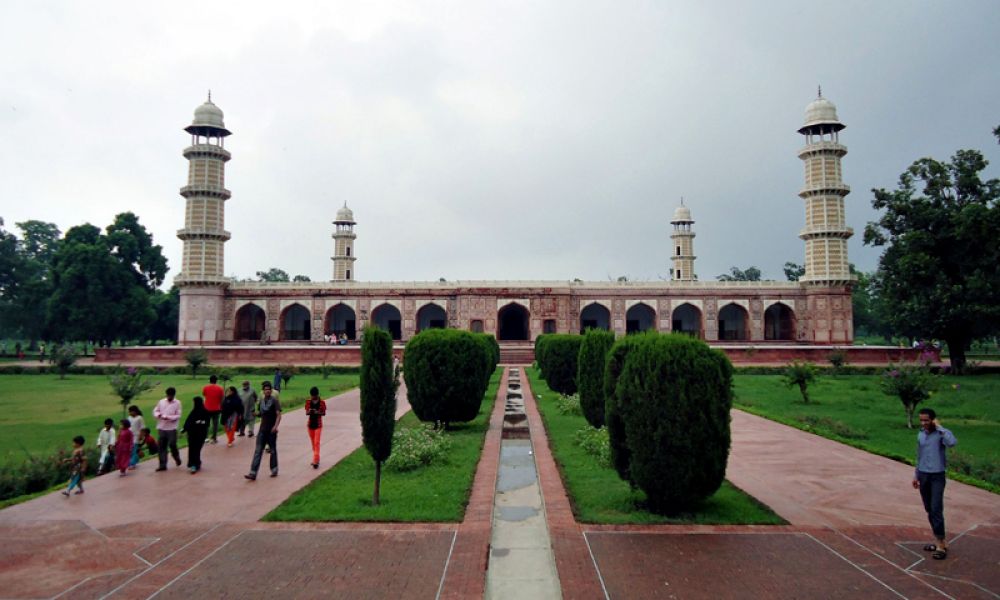

The city of Lahore, steeped in rich history and culture, has long been a beacon for tourists seeking to explore the splendors of the Mughal Empire. One of the most significant monuments from this era is the Tomb of Jahangir, the resting place of the fourth Mughal Emperor, Nur-ud-din Muhammad Salim, known by his imperial name Jahangir. Visited by history enthusiasts, scholars, and tourists alike, the tomb's significance extends beyond its physical boundaries, narrating stories of love, power, and artistry from the 17th century.
Built in 1637, under the patronage of his son, the legendary Emperor Shah Jahan—the man behind the world-renowned Taj Mahal—the Tomb of Jahangir is an architectural marvel that reflects the grandeur of the Mughal period. The site, chosen by Jahangir himself near the river Ravi, represents the emperor's love for nature and gardens, a theme recurrent in Mughal architecture. The tomb's history is a testament to the opulence of an empire which at its zenith ruled over a significant part of the Indian subcontinent.
The structure is an amalgamation of Persian influence and local craftsmanship, adorned with intricate frescoes and delicate inlay work that showcase the height of Mughal aesthetics. The mausoleum sits within a walled garden known as a Charbagh, a Persian-style four-part garden that symbolizes the four rivers of Paradise as mentioned in the Quran. The tomb's facade is embellished with red sandstone and marble inlay, making it a sight to behold and a photographer's delight.
Initially, only the most intrepid travelers and colonial officials would make the arduous journey to Lahore under the British Raj. However, as travel became more accessible, the Tomb of Jahangir grew in popularity. The creation of Pakistan in 1947, and subsequent establishment of heritage preservation efforts, have placed the mausoleum on not only the national but international tourism map.
In recent years, the Pakistani government has emphasized the importance of its historical sites, leveraging them to attract tourists from around the globe. The Tomb of Jahangir is now part of a larger network of attractions being promoted through various tourism campaigns. The use of technology, including virtual tours and augmented reality applications, has enabled a resurgence of interest among the younger demographic.
Cultural festivals, scholarly conferences, and increased global connectivity through social media have also introduced this Mughal masterpiece to a broader audience. Moreover, improvements in infrastructure and visitor facilities have made the Tomb of Jahangir more accessible and enjoyable for tourists.
Visitors to Lahore can expect a rewarding experience when including the Tomb of Jahangir in their itinerary. While the site remains open throughout the year, the cooler months between October and March offer the most pleasant climate for exploring.
With the Pakistani government providing more resources towards the conservation and promotion of its cultural heritage sites, the Tomb of Jahangir continues to not only preserve the legacy of one of the most significant empires of the subcontinent but also serves as a beacon, attracting streams of visitors who leave with a lasting impression of Lahore's historical magnificence.